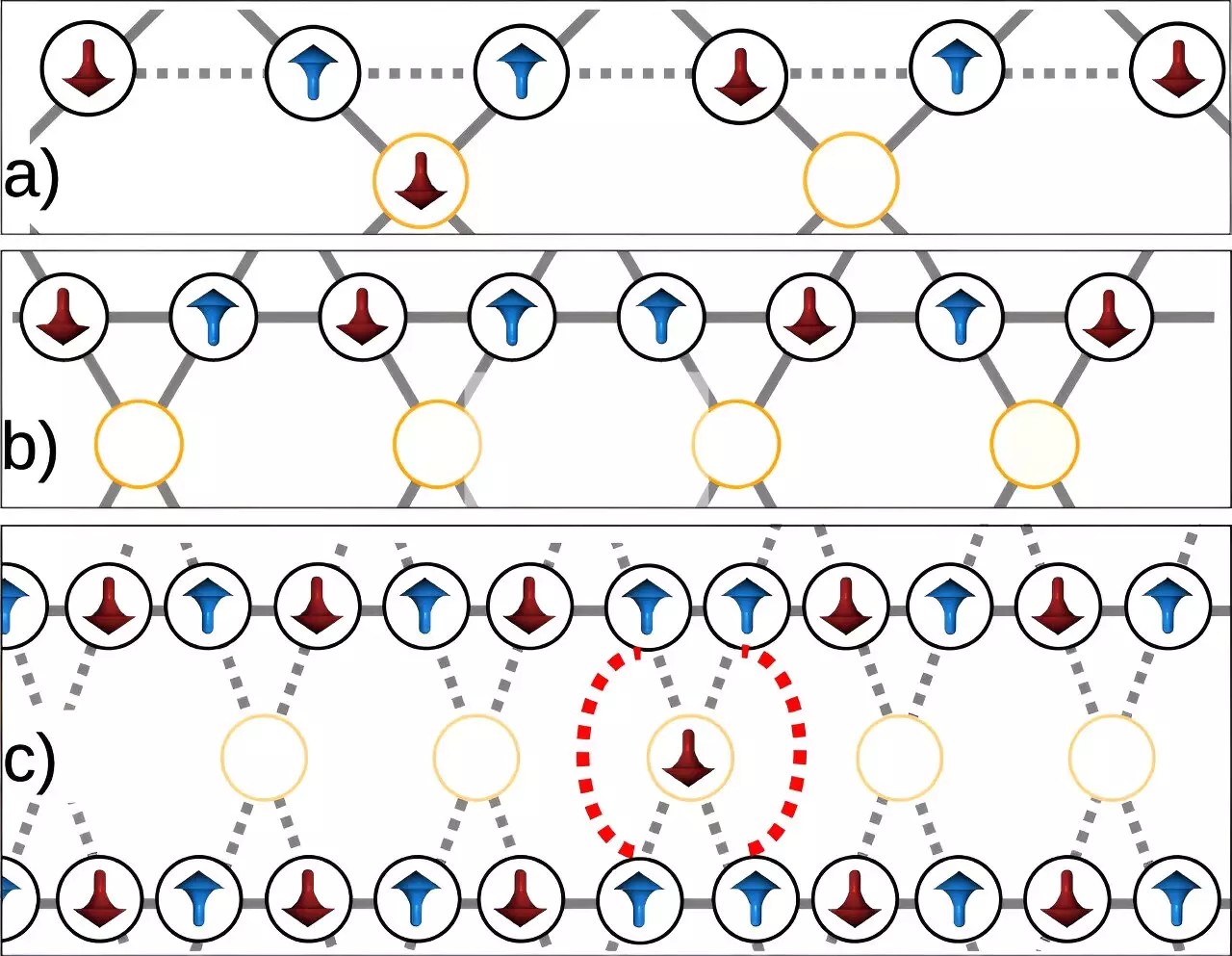The pursuit of improved quantum computer performance has always been a paramount goal for scientific communities. However, a recent experimental study conducted by a joint team from Los Alamos National Laboratory and D-Wave Quantum Systems challenges the conventional approach. Instead of solely focusing on achieving superior quantum computer performance over classical counterparts, the team aimed to understand quantum behavior by observing a dense network of interconnected qubits. The research, as explained in an article published in Nature Communications, explores the paradoxical role of fluctuations in inducing magnetic ordering on a network of qubits.
The team conducted their research using a D-Wave quantum annealing platform and examined approximately 2,000 qubits within an asymmetric hexagonal lattice. They investigated how factors that typically induce disorder on magnetic moments, such as small magnetic fields created by superconducting qubits, interacted with fluctuations. These fluctuations were driven by both thermal effects associated with temperature and quantum effects resulting from the application of an external magnetic field.
Contrary to conventional assumptions about the relationship between disorder and entropy, the team discovered a counterintuitive argument. Under certain physical conditions, configurations with a clustered distribution of defects emerged as the more likely state. This challenges the prevailing expectation that configurations with higher entropy should exhibit greater disorder. In essence, the team demonstrated that ordered states characterized by specific patterns can emerge, even when seemingly disorder-inducing factors are present.
The idea that order can be promoted by adding thermal and quantum fluctuations may seem paradoxical at first. However, the study revealed detailed insights into how fluctuations influence the mechanisms and physical conditions leading to defect clustering. By adding thermal fluctuations and enhancing them with quantum fluctuations, the team observed how the subtle interplay between various factors can lead to the emergence of specific patterns of order. This newfound understanding has profound implications for improving the way quantum systems are built.
The research conducted by the joint team represents a significant step towards unravelling the complex nature of quantum fluctuations. As the D-Wave quantum platform and experimental capabilities continue to develop, researchers will be able to focus solely on the role of quantum fluctuations in isolation from thermal fluctuations. This disentanglement will allow for even deeper insights into the properties and behaviors of quantum systems.
The study conducted by the joint team from Los Alamos National Laboratory and D-Wave Quantum Systems sheds light on the paradoxical role of fluctuations in quantum systems. By exploring the interplay between thermal and quantum fluctuations on a network of qubits, the team demonstrated that order can emerge from seemingly disorder-inducing factors. This groundbreaking research opens up new avenues of exploration for improving the performance and design of quantum systems.


Leave a Reply